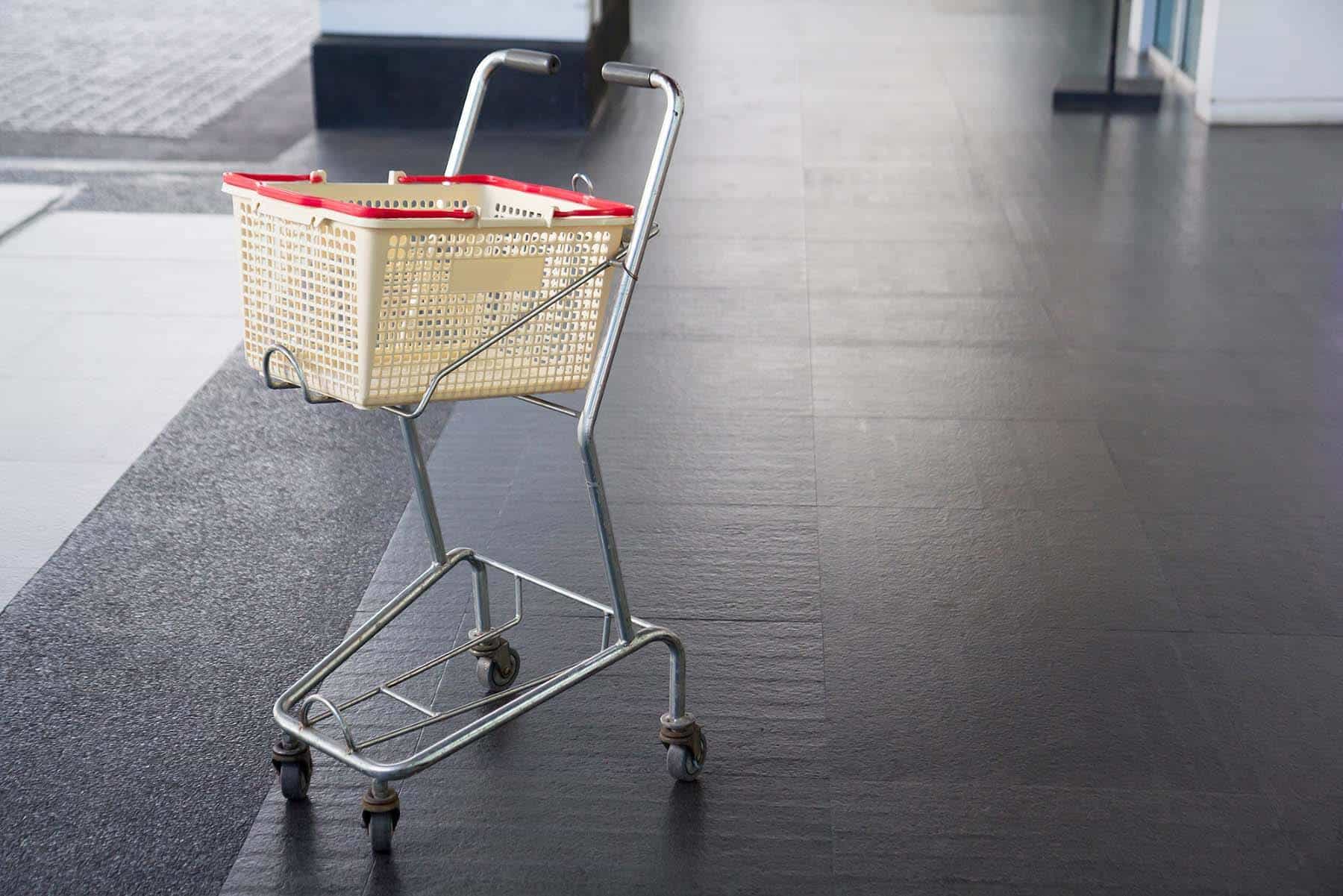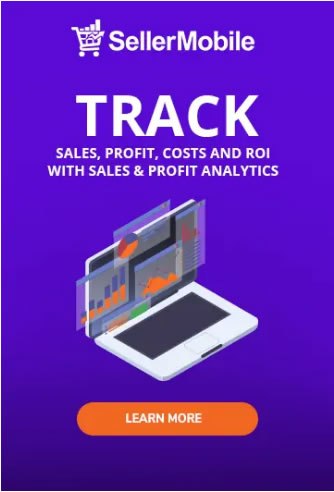by Guest Contributor: Matt Wiese at CartStack
You already know that cart abandonment is a big problem for e-commerce stores, with an average seven out of ten potential customers leaving your website before paying. But do you know the latest tactics for taking your abandoned cart campaign to the next level?
If your customer recovery strategy hasn’t adapted to mirror these behaviors, you might not be seeing the results you should be when it comes to achieving, what we like to call, the four “Rs”. These are:
- Reminding shoppers about their website visit;
- Re-engaging their interest in your products;
- Returning them to their shopping cart; and
- Recovering their purchase and make up lost revenue.
In this article, we’re covering what a basic abandoned cart campaign should look like, and how you can take it to the next level using different tools and a multi-channel approach. Let’s get started.
What Should a Basic Abandoned Cart Campaign Look Like?
An abandoned cart campaign is a series of emails sent to someone who visits your website but leaves before making a purchase. Their departure can occur before adding products to their cart (browse abandonment) or after adding products to their cart (cart abandonment).
There are four fundamental elements of a cart abandonment email campaign. These are:
Timing
The timing of your cart abandonment email series affects whether the recipient sees, opens, or reads your emails.
Our extensive research pinpoints 20-30 minutes after abandonment as the best time to send a cart abandonment email. Following this, a second email should be sent 1-3 days after abandonment, and a third email should be sent 4-7 days after abandonment.
Subject line
After timing, the next determinator of whether your abandoned cart email is opened is your subject line. Forty-seven percent of people open an email based on its subject line, making those 41 characters of vital importance.
Best practice tips for an abandoned cart subject line that generates clicks include injecting personalization, being concise, and using attention-grabbing wording.
Content
Once your email is opened, it’s time to wow your audience with content. There are three effective methods for creating compelling abandoned cart content:
1. Personalization
Personalized content is essential content, generating 112% higher click-through rates and 46% higher open rates. However, with customers attracted to unique shopping experiences, you need to do much more than simply entering a first name field.
Essential personalization techniques for your recovery emails include:
- Information about one or two of the products the customer viewed, including images, pricing, and reviews.
- Tailored product recommendations based on the customer’s browsing history.
- Individualized offers and discount codes that are relevant to the customer’s shopping behavior, including why they left your website.
2. Relevance
It’s also essential that the content of your abandoned cart email is relevant to the recipient. This is achieved by segmenting your customers according to their pre-abandonment behavior on your website – specifically, did they leave before or after adding a product to their shopping cart.
For example, someone who looked around and quickly left before adding anything to their cart will require a much softer approach than someone who added several items to their cart, filled out the checkout form, and left when they got to the shipping options.
3. Call to action
Finally, you need a strong call to action that compels your audience to click back to your website and convert. This can be achieved through some simple psychological tactics, such as:
- Reciprocity – offering something of value to the reader to make them feel morally obliged to check out what you’re saying. For example, discount codes or useful content.
- Herd mentality – offering social proof to encourage readers to follow the crowd and click back to your website. For example, customer reviews, or information on the number of shoppers viewing the product.
- Risk aversion – using trust tactics to mitigate the risk of purchasing from you. For example, free shipping offers or money-back guarantees.
- Loss aversion – using scarcity tactics to instill a fear of missing out. For example, low stock level alerts or expiry-dated offers.
Together, these tactics help you to build a basic customer recovery strategy, but you don’t want basic; you want the next level.
Taking Your Abandoned Cart Strategy to the Next Level: Tools
The first method for taking your abandoned cart strategy to the next level is using tools to increase your leads, deliverability, and conversions. Such tools include:
Real-time lead capture
A real-time lead capture tool monitors a customer’s visit to your website in real-time and captures contact information as it is typed into a field. This allows you to collect email addresses through popups, live chat, and the checkout form, even if the visitor doesn’t create an account.
Browse abandonment emails
A browse abandonment email campaign targets the 92% of website visitors who leave before adding a product to their shopping cart (also known as discovery failure). It does this by capturing email addresses typed anywhere on your site (exit intent tools, livechat, contact forms, etc) and scheduling them into a browse abandonment email campaign that adopts a gentler approach for achieving the four “Rs.”
Email deliverability
Getting your emails past the spam filter and into the inbox can be greatly assisted by following abandoned cart email deliverability best practices. These include using custom domain setups, adopting clear subject lines, and avoiding URL shorteners and spam-trigger words.
Testing
A/B testing split tests the traffic between two different versions of an email. This powers you to test different features and formats to find out which ones re-engage the most customers and recover the highest revenue.
Zapier
Some online shoppers aren’t quite ready to convert yet, but that doesn’t mean they’re not interested in your brand or products. Zapier allows you to transfer any abandoned cart leads who didn’t convert, into your CRM system for continued engagement.
Taking Your Abandoned Cart Strategy to the Next Level
So far, so good. But there’s more you can do. As we mentioned earlier, online shoppers use multiple channels when shopping for products and engaging with brands; so should your customer recovery strategy.
Exit Intent Popups
An exit intent popup delivers you customer recovery message in the seconds before a customer exits your website. It does this by popping up when a visitor’s cursor moves towards the exit or back button.
This gives you a last chance to counteract the reason for abandonment and, instead, direct the customer towards your checkout.
Common methods for achieving this include:
- Increasing value with an offer of free shipping;
- Reducing total basket spend with a discount coupon;
- Engaging interest with a free competition or give-away; and
- Overcoming payment difficulties with financing options.
Exit intent popups are also an excellent last-ditch attempt to obtain that all-important email address for use post-abandonment.
SMS messages
SMS text messages have the advantage of appearing away from the inbox, coming with their own alert, and being short and to-the-point. This makes them ideal for quickly capturing attention, intriguing customers, and getting them back onto your website.
Plus, with the growth in m-commerce set to overtake ecommerce, re-engaging interest on a mobile phone can increase your chances of recovery.
Web push notifications
Web push notifications are timed, clickable alerts that appear on a customer’s computer screen. They work following an active opt-in from a website visitor and are triggered following abandonment.
Web push notifications consist of your logo, a headline, and a short message, and they have the advantage of appearing regardless of whether the visitor is still on your website, shopping, or browsing the internet. This means that even if they aren’t read, they are still seen – increasing touchpoints and brand familiarity, which re-engages interest and redirects shoppers back to your website.
Cart abandonment final thoughts
Taking your cart abandonment strategy to the next level is simple when you know how. To recap:
- Ensure your existing recovery campaign adopts best practice techniques for timing, subject lines, and content.
- Expand your existing campaign with tools such as real-time notifications, abandoned session replay, browse abandonment capture, product recommendations, and A/B testing.
- Enhance results recovery results using different channels such as exit intent popups, SMS text messages, and web push notifications.
To keep up-to-date on the latest abandoned cart techniques, follow CartStack on social media.





